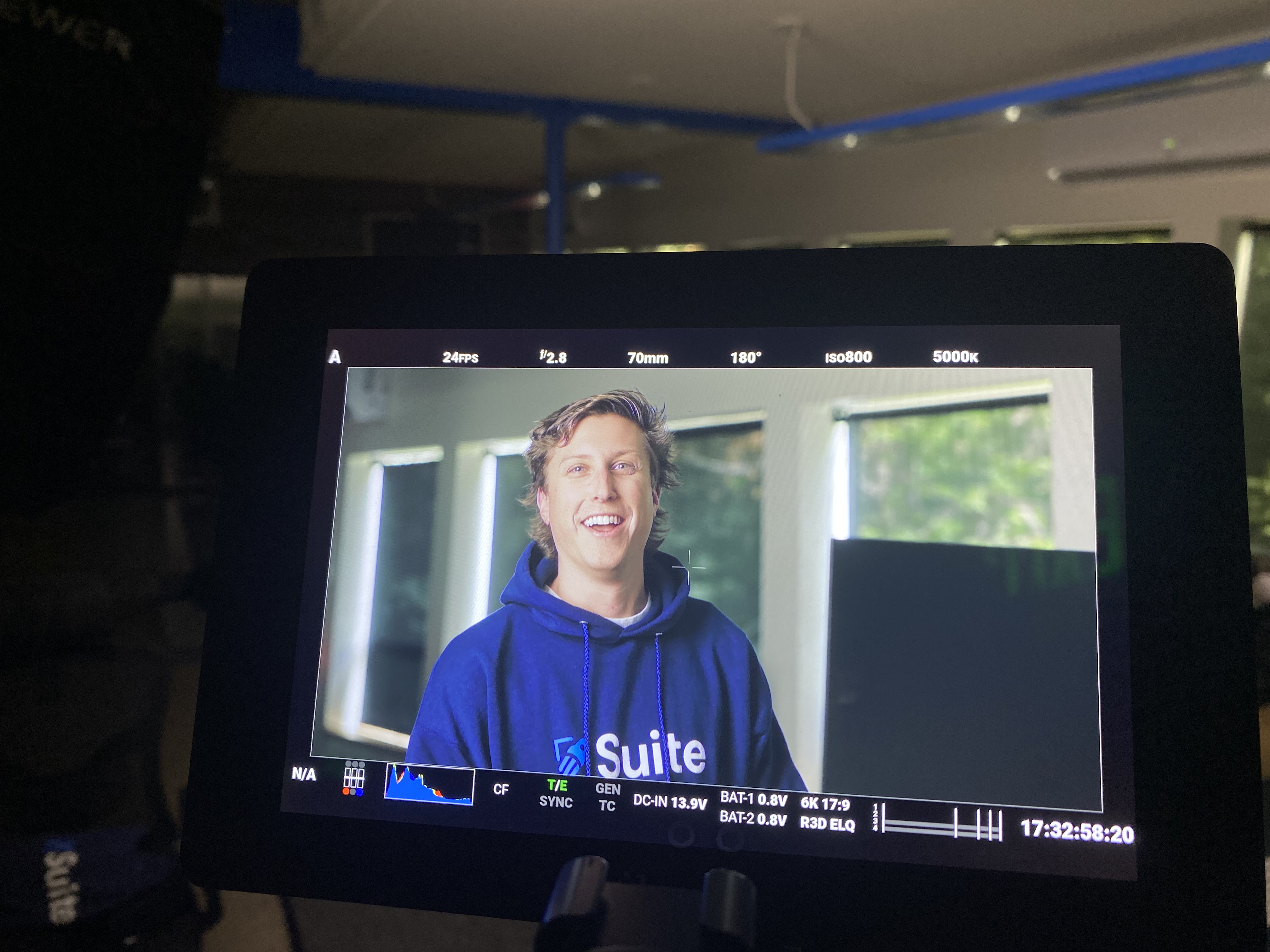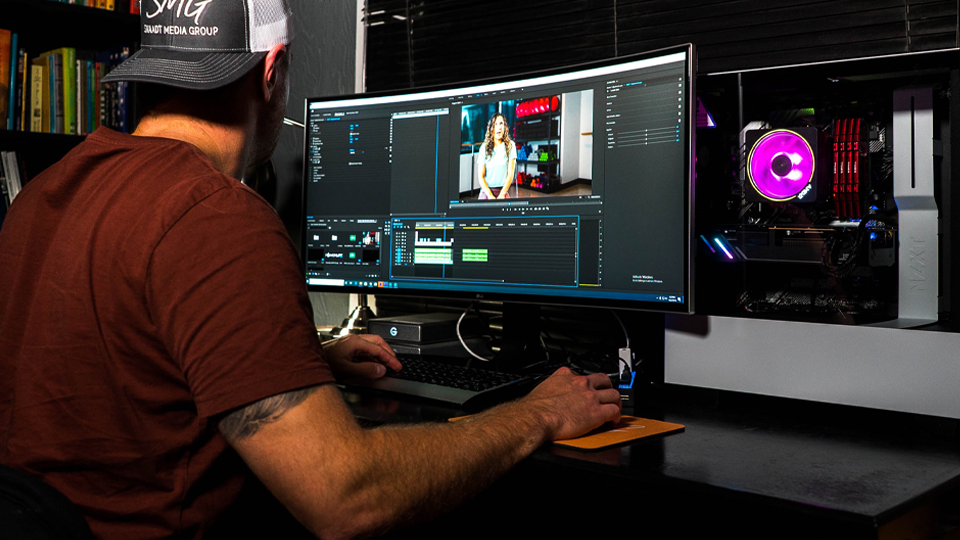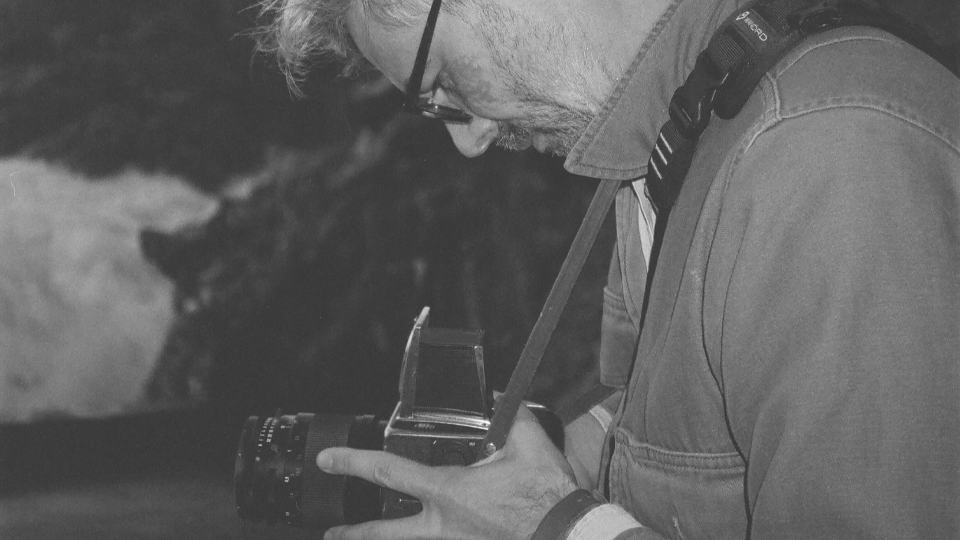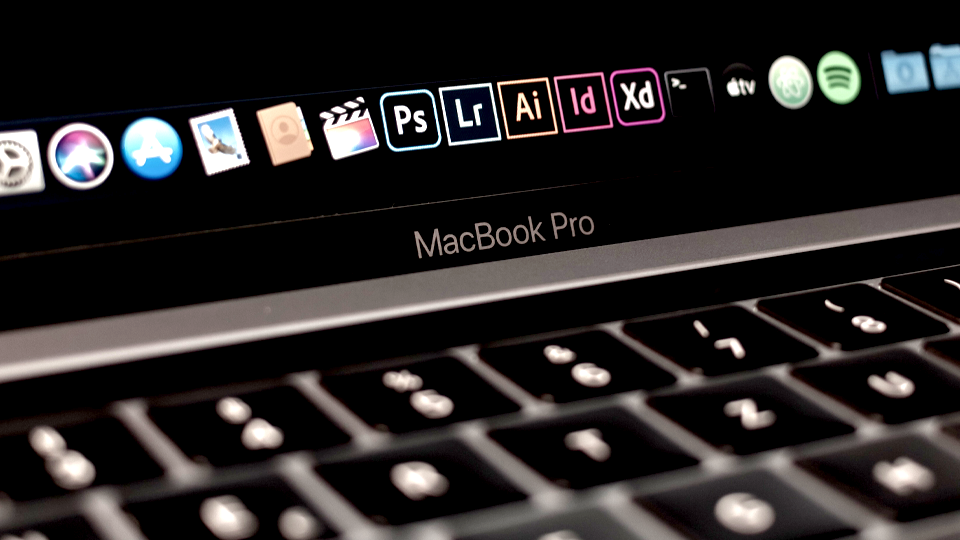5 must-know philosophies to keep creativity flowing in the edit bay

Samuel Taggart

7 Minutes

How to manage your team’s workflow to maximize ingenuity.
No matter if you’re directing, producing, running a studio or just helping the gaffer light the room, everything that happens on-set until the final export directly affects the post production process. Think ahead, stick to the plan and let your creative team do the work they are entrusted to accomplish. Don’t use editors, sound engineers and colorists as a fallback for inconsistent or sub-standard work during filming or planning. Quality work and constant communication eases the creative journey and it begins long before the moment when the cameras start to roll. Here’s how to avoid annoyances—and animosity—somewhere unexpected down the line.
- EXPRESS YOURSELF — Communication between collaborators is paramount to a smooth post production process. Get your ideas out of your head. Let everyone know what you’re thinking in reference to a specific scene or moment. Use whatever means necessary to outline your vision. If you need a pen and paper to sketch it out, don’t hesitate to put your lackluster drawing abilities on display to get the point across. When it’s your turn to speak at the next creative roundtable, be concise, detailed and descriptive in your commentary—by effectively communicating what’s on your mind, everyone will benefit as you collectively work toward the final cut.
- STICK TO THE SHOT LIST — Days, weeks, even months of planning go into a project. When it comes time to press record, don’t stray too far from the original plan, unless the bigger vision has been communicated to the entire team. When that stroke of genius happens on-set and you film something off-script that will add value later, take it. But the last thing you want to hand off to your lead editor is a library of footage too cumbersome to handle or one that includes terabytes of unexpected media. Staying true to the course of the shot list will prevent confusion when it comes time to stitch the project together, especially when dealing with one or more out-of-house clients/collaborators.
- LET YOUR CREATIVES SHINE — Your team is extraordinary. Isn’t that why you hired each person on it in the first place? Remember not to micromanage your post production creatives when it isn’t necessary. No matter your role, view the opportunity to collaborate as a chance to guide your team through your specific vision with effective communication, then grant them the autonomy to take those comments and translate them into the next round of edits. It’s often the wizardry of the editors, animators, colorists and and others that shape a video project or movie into its most polished form.
- DON’T JUST “FIX IT IN POST” — From the moment an idea is brought into reality, planning begins. Be as detailed as possible when establishing the narrative, aesthetic and scope of your next video project. Take the time to scout the best location, test multiple lighting scenarios to find the one that makes the scene shine or try multiple cuts with different camera angles, lenses or focal points. Ensuring that production is as refined as possible during shooting allows the post production team to spend more time delving into the artistry of fine-tuned adjustments, rather than making tiresome “big picture” edits to the general look and feel of a particular project.
- STICK AROUND UNTIL THE END — When the cameras stop rolling, the magic of post production begins. Don’t skimp out on this vital process in the lifecycle of your project. Staying in close communication with your team of editors, colorists and your clients allow smoother editing and better results on the first pass. Be a catalyst for constructive feedback, synchronizing notes from every member of the team, including clients and out-of-house collaborators, before passing those along to the experts in the editing bay. And remember: It ain’t over until the… well, you get it.



































